CO₂ half-year report: on the road to carbon neutral
06/10/2025

In National Climate Week 2022, our sustainability team inspired the entire organisation with practical examples and opportunities to further reduce our CO2 emissions. This is how we challenge each other to learn, adapt, grow and achieve our sustainability goals by 2030: CO2-neutral construction sites, 100% waste-free and 50% circular.
On Heddes Bouw & Ontwikkeling's Oostzijderpark Zaandam project, we gained experience with the use of a battery pack to supply power on the project. The battery pack is powered by the solar panels located on the roof of the shed. A small generator has been added as back up. On this project, Ballast Nedam's tower crane lifts on battery power powered by solar panels. And the great thing is: they are second-hand panels from Marktplaats!
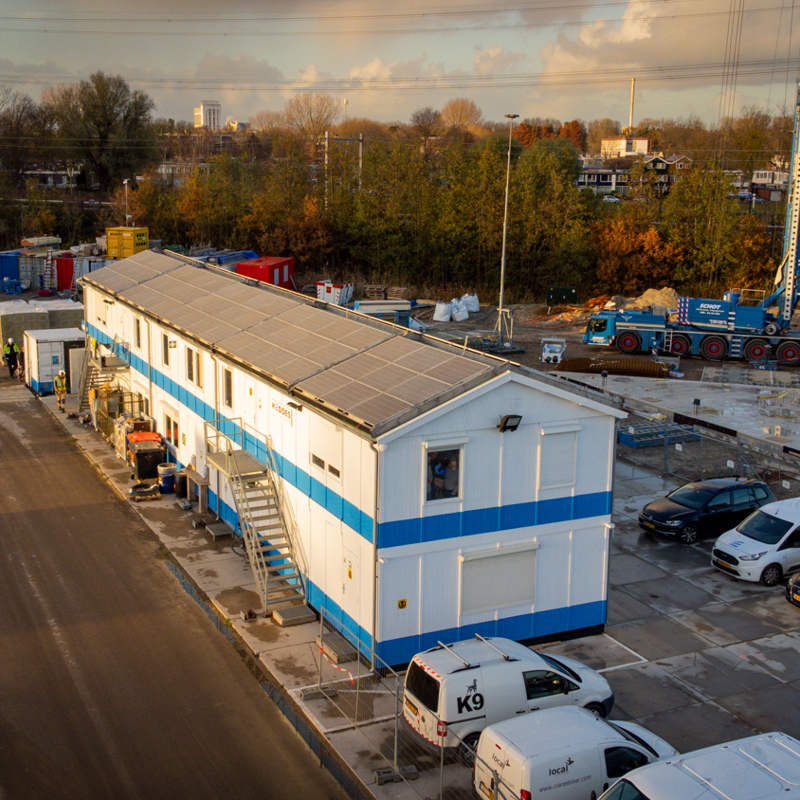
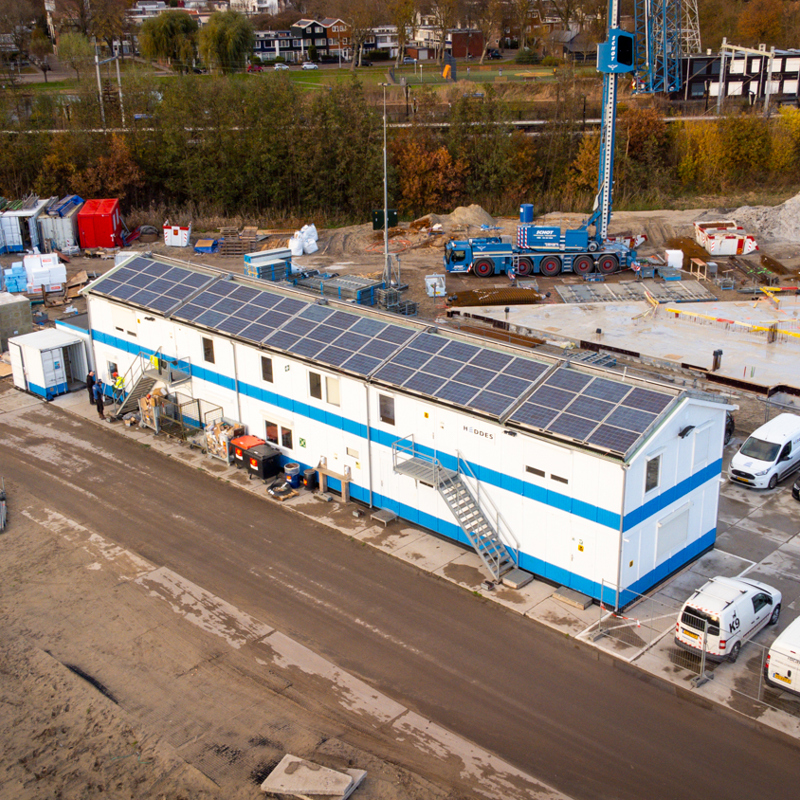
Did you know that all ground-level houses from our own developments have a better energy label than required by the Buildings Decree? The Buildings Decree requires a maximum of 30 kWh/m2 (Energy label A+++) for BENG 2. Our houses have BENG 2 ≤ 0 kWh/m2 (which is Energy Label A++++!). This means that the houses generate all energy for installations themselves. As a result, they are not dependent on power plants for heating, cooling, tap water and ventilation, for example.
By 2021, 75,000 new houses will have been built, according to CBS figures. If all these 75,000 new-build houses followed our Ballast Nedam policy, this would result in a reduction in CO2 emissions of 107,750,000 kg compared to houses that meet the minimum requirements of the building code. By comparison, this is equivalent to the CO2 emissions per individual traveller to fly 862,009 times from Amsterdam to Paris.
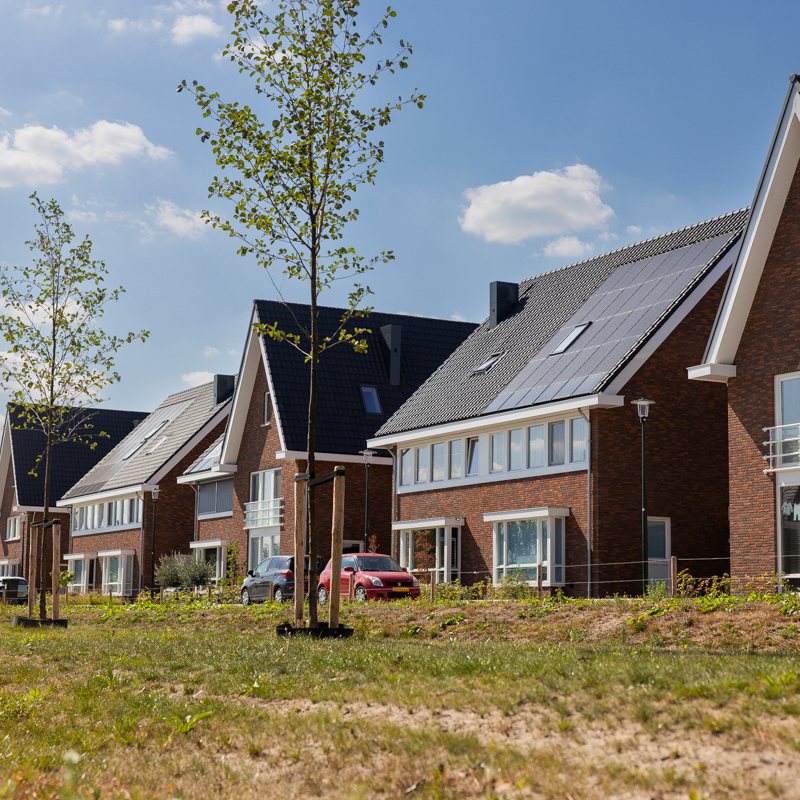
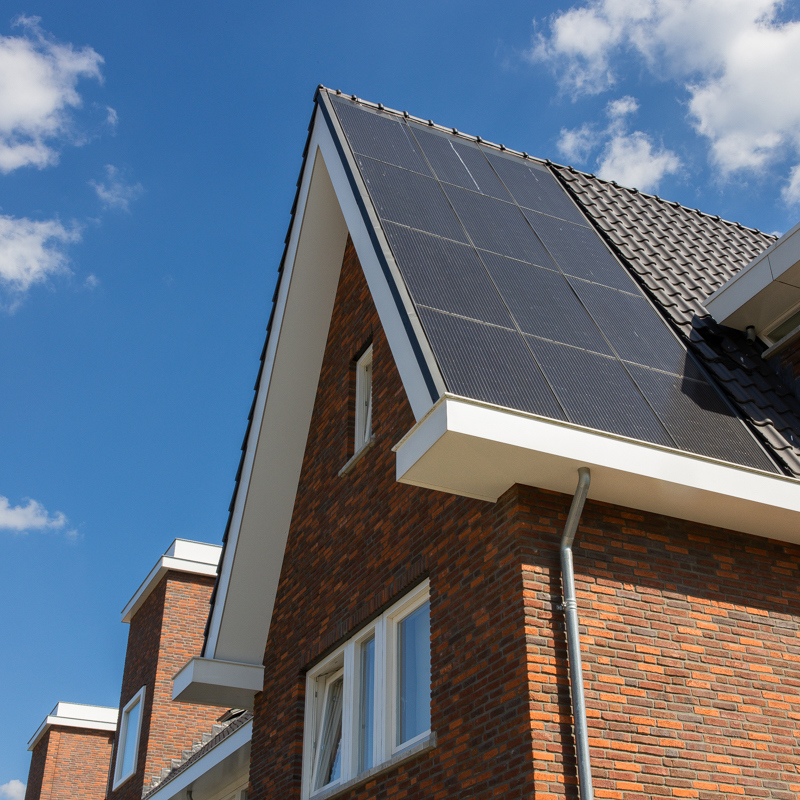
Biobased materials come from living nature: for example, plants, trees, animal material, fungi, bacteria and algae. They are materials that can grow again during a building's lifetime. Within biobased materials, wood is one of our most important sustainable raw materials.
Some examples:
Ballast Nedam will generate around 1,765,000 kWh of its own green electricity in the coming year. This is about 13% of our total consumption! How we achieve this? Solar panels were installed on the chain of various projects and offices last year. An important next step is to potentially use our own wind turbines, of which we are 50% owner, for our own consumption.
Watch the video to learn more about solar panels:
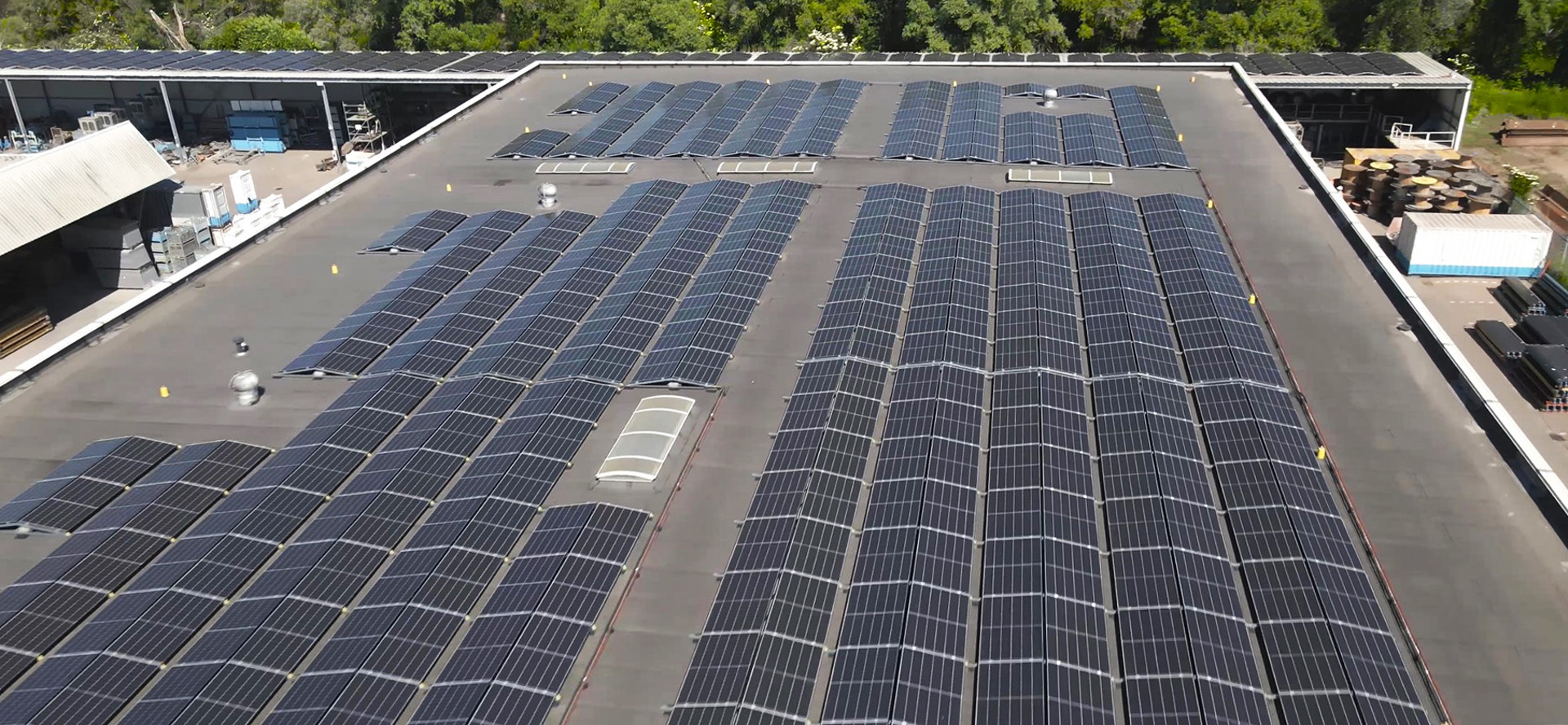
With investments such as green energy spray trucks, an electric roller and sustainable construction chains, our construction sites are becoming one step greener. A next step is to electrify transport. By 2023, we want the supply and removal of asphalt to be emission-free. We are working hard on this, together with our regular partners for asphalt transport.
These developments contribute to achieving our sustainable goals. More about this theme? Take a look at the sustainability page.